eBooks LIVRES - THEME : BUSINESS & ECONOMICS,Finance,Financial Engineering
eBooks - LIVRES - BUSINESS & ECONOMICS,Finance,Financial Engineering
IMAGE_LINK LINK TITLE DESCRIPTION PRODUCT_TYPE
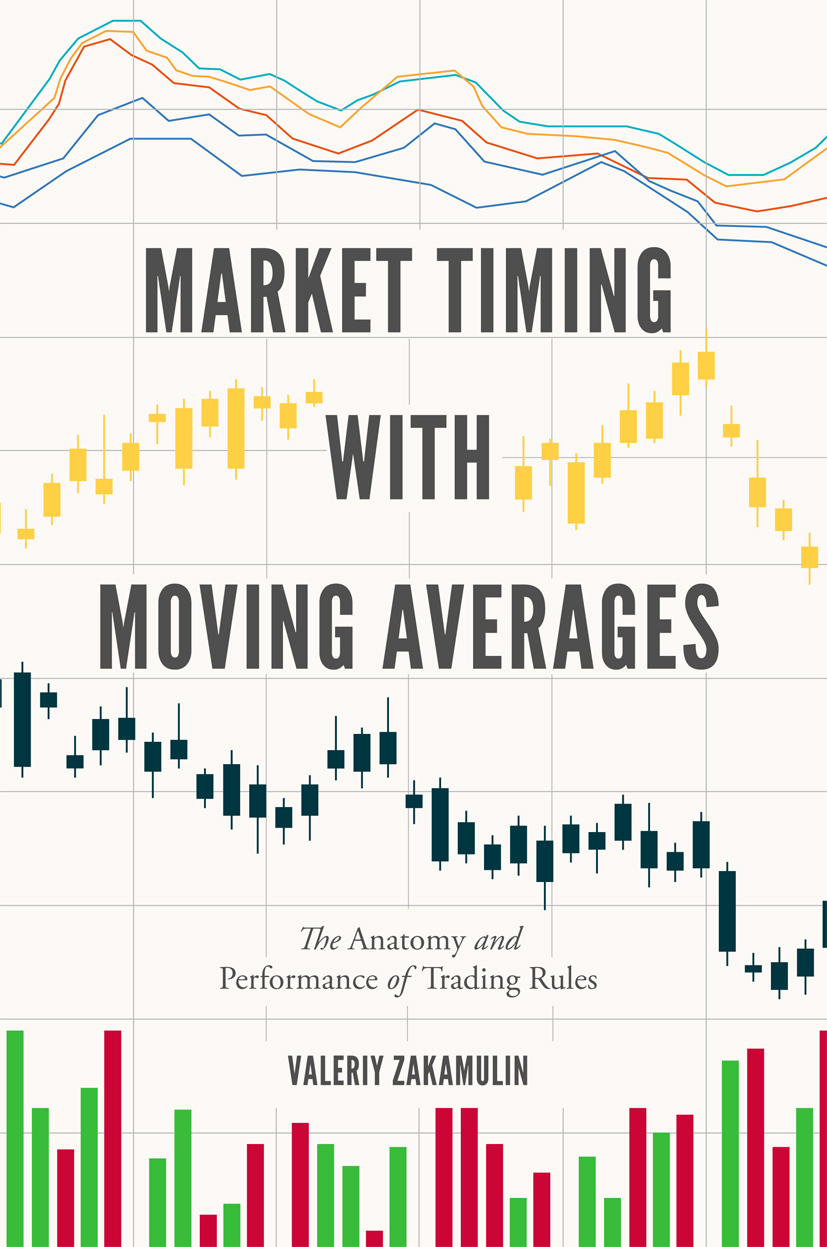
Market Timing with Moving Averages This book provides a comprehensive guide to market timing using moving averages. Part I explores the foundations of market timing rules, presenting a methodology for examining how the value of a trading indicator is computed. Using this methodology the author then applies the computation of trading indicators to a variety of market timing rules to analyse the commonalities and differences between the rules. Part II goes on to present a comprehensive analysis of the empirical performance of trading rules based on moving averages. BUSINESS & ECONOMICS,Finance,Financial Engineering
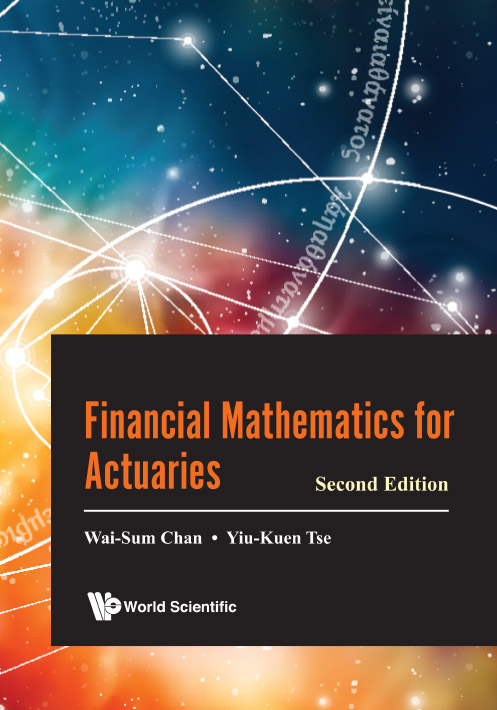
Financial Mathematics For Actuaries (Second Edition) Financial Mathematics for Actuaries is a textbook for students in actuarial science, quantitative finance, financial engineering and quantitative risk management and is designed for a one-semester undergraduate course.Covering the theories of interest rates, with applications to the evaluation of cash flows, the pricing of fixed income securities and the management of bonds, this textbook also contains numerous examples and exercises and extensive coverage of various Excel functions for financial calculation. Discussions are linked to real financial market data, such as historical term structure, and traded financial securities.The topics discussed in this book are essential for actuarial science students. They are also useful for students in financial markets, investments and quantitative finance. Students preparing for examinations in financial mathematics with various professional actuarial bodies will also find this book useful for self-study.In this second edition, the recent additions in the learning objectives of the Society of Actuaries Exam FM have been covered. BUSINESS & ECONOMICS,Finance,Financial Engineering
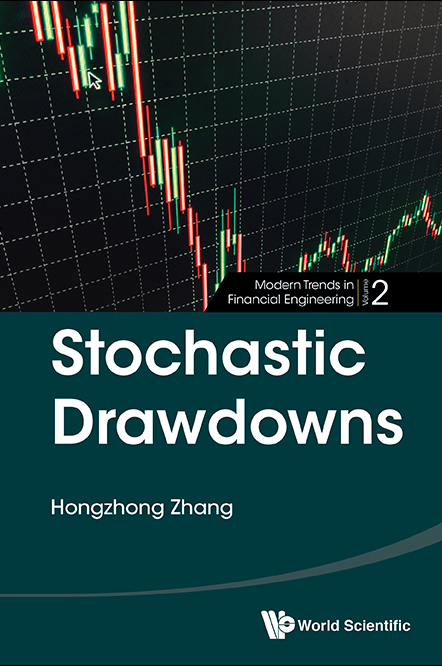
Stochastic Drawdowns Stochastic Drawdowns consists of some recent advances on Dr Hongzhong Zhang's own quantitative research of the well-known risk measures, drawdowns and maximum drawdowns. In this book, the author provides an extensive probabilistic study of different aspects of drawdown risks, which include the drawdown risk in finite time-horizons, the speed of market crashes (drawdowns), the frequency of drawdowns, the occupation time (time in distress), and the duration of drawdowns. Leveraging the knowledge in stochastic calculus, Lévy processes and optimal stopping, these topics can be considered as problems in advanced applied stochastic processes, and insurance/financial mathematics.The book also offers a number of applications of drawdowns in financial risk management, insurance, and algorithmic trading, including schemes on hedging and synthesizing of maximum drawdown options, (cancellable) drawdown insurance contracts and their fair premium, as well as optimal trading under drawdown-type constraints such as trailing stops.It is the goal of this book to offer a comprehensive characterization of drawdown risks and a handful of applications of drawdown in practice. On the one hand, the book enables interested students and researchers to learn the state-of-art probabilistic research on drawdowns, and explore new mathematical problems that are of practical importance to the financial industry. On the other hand, the book provides financial practitioners with access to a variety of analytically tractable measurements of drawdown risks, and the insight into hedging, optimal trading and execution amid challenges of these risks. BUSINESS & ECONOMICS,Finance,Financial Engineering
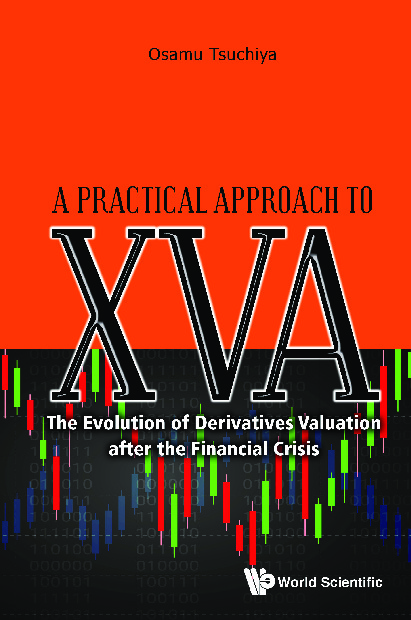
Practical Approach To Xva, A The 2008 financial crisis shook the financial derivatives market to its core, revealing a failure to fully price the cost of doing business then. As a response to this, and to cope with regulatory demands for massively increased capital and other measures with funding cost, the pre-2008 concept of Credit Valuation Adjustment (CVA) has evolved into the far more complex hybrid Cross Valuation Adjustment (XVA).This book presents a clear and concise framework and provides key considerations for the computation of myriad adjustments to the price of financial derivatives, to fully reflect costs. XVA has been of great interest recently due to heavy funding costs (FVA), initial margin (MVA) and capital requirements (KVA) required to sustain a derivatives business since 2008, in addition to the traditional concepts of cost from counterparty default or credit deterioration (CVA), and its mirror image — the cost of one own's default (DVA).The book takes a practitioner's perspective on the above concepts, and then provides a framework to implement such adjustments in practice. Models are presented too, taking note of what is computationally feasible in light of portfolios typical of investment banks, and the different instruments associated with these portfolios. BUSINESS & ECONOMICS,Finance,Financial Engineering
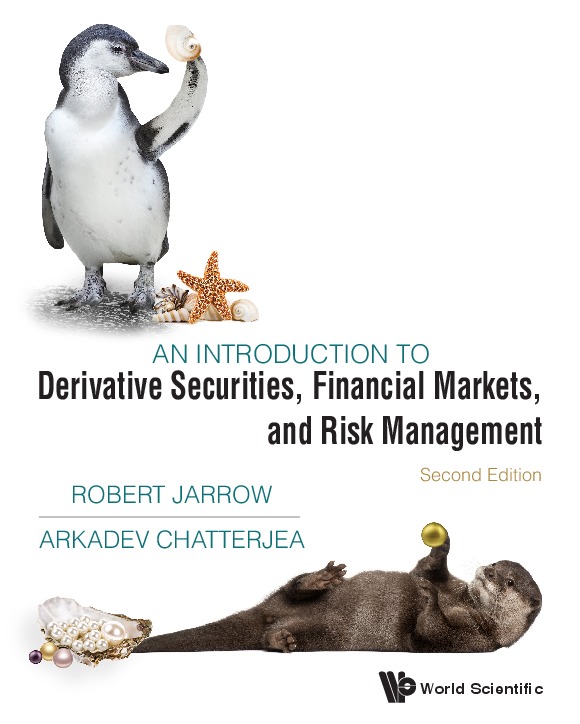
Introduction To Derivative Securities, Financial Markets, And Risk Management, An (Second Edition) Written by two of the most distinguished finance scholars in the industry, this introductory textbook on derivatives and risk management is highly accessible in terms of the concepts as well as the mathematics.With its economics perspective, this rewritten and streamlined second edition textbook, is closely connected to real markets, and:Beginning at a level that is comfortable to lower division college students, the book gradually develops the content so that its lessons can be profitably used by business majors, arts, science, and engineering graduates as well as MBAs who would work in the finance industry. Supplementary materials are available to instructors who adopt this textbook for their courses. These include:Solutions Manual with detailed solutions to nearly 500 end-of-chapter questions and problemsPowerPoint slides and a Test Bank for adoptersPRICED! In line with current teaching trends, we have woven spreadsheet applications throughout the text. Our aim is for students to achieve self-sufficiency so that they can generate all the models and graphs in this book via a spreadsheet software, Priced! BUSINESS & ECONOMICS,Finance,Financial Engineering

The Ascent of Market Efficiency The Ascent of Market Efficiency weaves together historical narrative and quantitative bibliometric data to detail the path financial economists took in order to form one of the central theories of financial economics—the influential efficient-market hypothesis—which states that the behavior of financial markets is unpredictable. As the notorious quip goes, a blindfolded monkey would do better than a group of experts in selecting a portfolio of securities, simply by throwing darts at the financial pages of a newspaper. How did such a hypothesis come to be so influential in the field of financial economics? How did financial economists turn a lack of evidence about systematic patterns in the behavior of financial markets into a foundational approach to the study of finance? Each chapter in Simone Polillo's fascinating meld of economics, science, and sociology focuses on these questions, as well as on collaborative academic networks, and on the values and affects that kept the networks together as they struggled to define what the new field of financial economics should be about. In doing so, he introduces a new dimension—data analysis—to our understanding of the ways knowledge advances. There are patterns in the ways knowledge is produced, and The Ascent of Market Efficiency helps us make sense of these patterns by providing a general framework that can be applied equally to other social and human sciences. BUSINESS & ECONOMICS,Finance,Financial Engineering

Mathematical Modeling And Computation In Finance This book discusses the interplay of stochastics (applied probability theory) and numerical analysis in the field of quantitative finance. The stochastic models, numerical valuation techniques, computational aspects, financial products, and risk management applications presented will enable readers to progress in the challenging field of computational finance.When the behavior of financial market participants changes, the corresponding stochastic mathematical models describing the prices may also change. Financial regulation may play a role in such changes too. The book thus presents several models for stock prices, interest rates as well as foreign-exchange rates, with increasing complexity across the chapters. As is said in the industry, 'do not fall in love with your favorite model.' The book covers equity models before moving to short-rate and other interest rate models. We cast these models for interest rate into the Heath-Jarrow-Morton framework, show relations between the different models, and explain a few interest rate products and their pricing.The chapters are accompanied by exercises. Students can access solutions to selected exercises, while complete solutions are made available to instructors. The MATLAB and Python computer codes used for most tables and figures in the book are made available for both print and e-book users. This book will be useful for people working in the financial industry, for those aiming to work there one day, and for anyone interested in quantitative finance. The topics that are discussed are relevant for MSc and PhD students, academic researchers, and for quants in the financial industry. BUSINESS & ECONOMICS,Finance,Financial Engineering

Fitting Local Volatility The concept of local volatility as well as the local volatility model are one of the classical topics of mathematical finance. Although the existing literature is wide, there still exist various problems that have not drawn sufficient attention so far, for example: a) construction of analytical solutions of the Dupire equation for an arbitrary shape of the local volatility function; b) construction of parametric or non-parametric regression of the local volatility surface suitable for fast calibration; c) no-arbitrage interpolation and extrapolation of the local and implied volatility surfaces; d) extension of the local volatility concept beyond the Black-Scholes model, etc. Also, recent progresses in deep learning and artificial neural networks as applied to financial engineering have made it reasonable to look again at various classical problems of mathematical finance including that of building a no-arbitrage local/implied volatility surface and calibrating it to the option market data.This book was written with the purpose of presenting new results previously developed in a series of papers and explaining them consistently, starting from the general concept of Dupire, Derman and Kani and then concentrating on various extensions proposed by the author and his co-authors. This volume collects all the results in one place, and provides some typical examples of the problems that can be efficiently solved using the proposed methods. This also results in a faster calibration of the local and implied volatility surfaces as compared to standard approaches.The methods and solutions presented in this volume are new and recently published, and are accompanied by various additional comments and considerations. Since from the mathematical point of view, the level of details is closer to the applied rather than to the abstract or pure theoretical mathematics, the book could also be recommended to graduate students with majors in computational or quantitative finance, financial engineering or even applied mathematics. In particular, the author used to teach some topics of this book as a part of his special course on computational finance at the Tandon School of Engineering, New York University. BUSINESS & ECONOMICS,Finance,Financial Engineering









